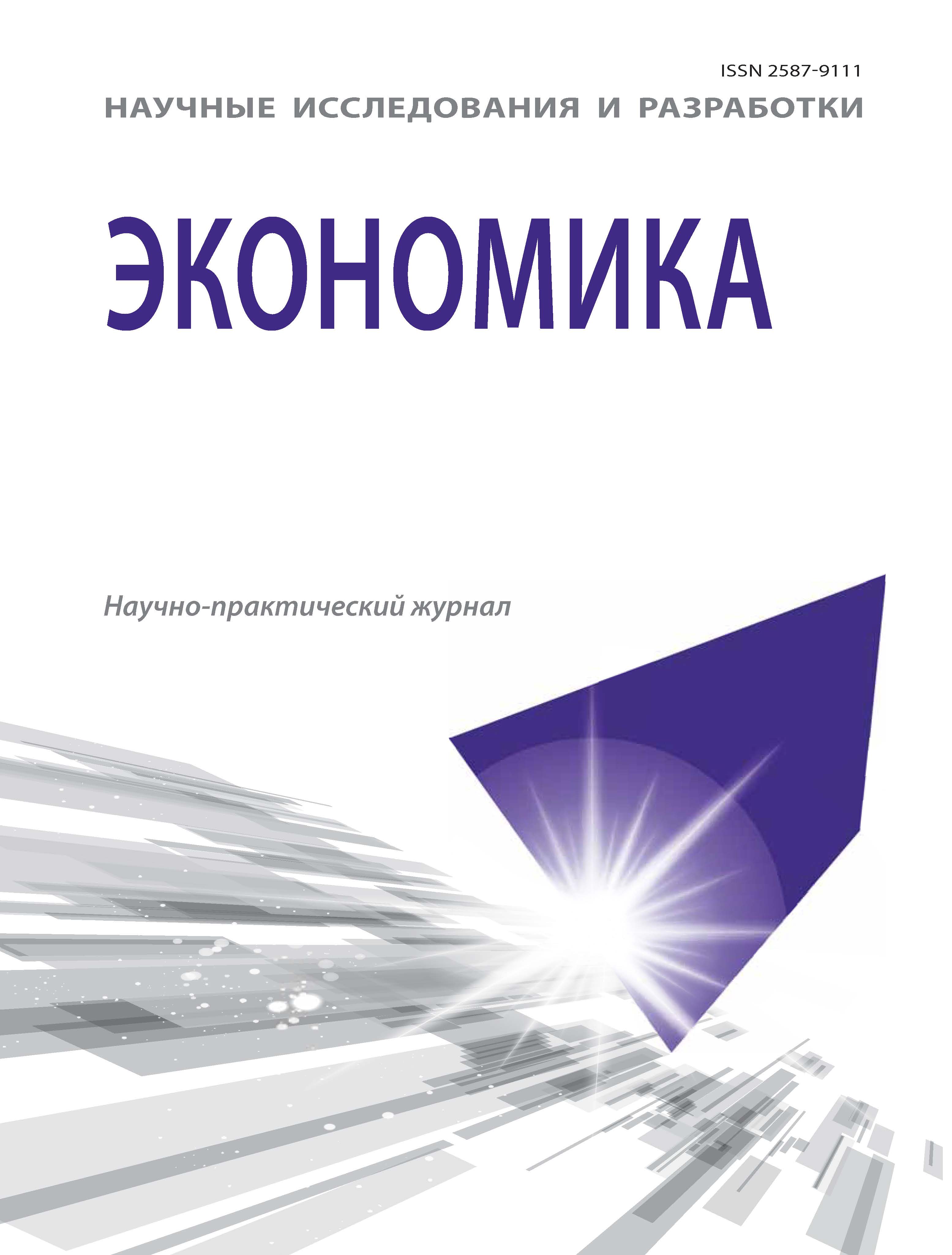Tula, Tula, Russian Federation
Tula, Tula, Russian Federation
In order to identify the influence of socio-economic and innovative factors on labor productivity, econometric models were built based on cross-sectional statistics from the regions of the Central Federal District. It has been established that in order to increase productivity, it is necessary to increase investment in new fixed assets, foreign investment, the number of workers with higher education, the level of wages, develop transport infrastructure, expand the use of computers and the Internet, the number of researchers with academic degrees. In addition, the number of employees of territorial executive bodies should reduce, the number of university students and scientists with academic degrees should increase, the innovative activity of organizations should increase, and exports should be stimulated.
labor productivity, socio-economic and innovative factors, regional statistical indicators, econometric models
1. Basovskij L.E., Basovskaya E.N. Postindustrial'nye uklady v ekonomike Ros-sii. M.: INFRA-M, 2017. 159 s.
2. Rastvorceva S.N. Proizvoditel'nost' truda i fondovooruzhennost' v obespeche-nii ekonomicheskogo rosta rossijskih regionov // Social'noe prostranstvo. 2018. № 1. S. 1-9.
3. Kirilyuk I.L. Modeli proizvodstvennyh funkcij dlya rossijskoj ekonomiki // Komp'yuternye issledovaniya i modelirovanie. 2013. № 2. S. 293-312.
4. Afanas'eva A.A., Ponomarevoj O.S. Proizvodstvennaya funkciya narodnogo ho-zyajstva Rossii v 1990-2012 gg. // Ekonomika i matematicheskie metody. 2014. № 4. S. 21-33.
5. Makarov V.L., Ajvazyan S.A., Afanas'ev M.Yu, Bahtizin A.R, Nanavyan A.M. Ocen-ka effektivnosti regionov RF s uchetom intellektual'nogo kapitala, harakte-ristik gotovnosti k innovaciyam, urovnya blagosostoyaniya i kachestva zhizni nase-leniya // Ekonomika regionov, 2014. №4. S.9-30.
6. Mamonov M.E., Pestova A.A. Analiz tekhnicheskoj effektivnosti nacional'nyh ekonomik: rol' institutov, infrastruktury i resursnoj renty // Zhurnal Novoj ekonomich-eskoj associacii, 2015, № 3, s. 44-78.
7. Mankiw N., Romer D., Weil D. A Contribution to the Empirics of Economic Growth // Quarterly Journal of Economics. 1992. Vol. 107. №2. P. 407-437.
8. Barro R., Lee J. Sources of Economic Growth (with comments from Nancy Stokey) // Carnegie-Rochester Conference Series on Public Policy. 1994. Vol. 40. P. 1-57.
9. Merphy K., Shleifer A., Vishny R. The Allocation of Talent: Implication for Growth // Quarterly Journal of Economics. 1991. Vol. 106. № 2. P. 503-530.
10. Khalafalla Ahmed Mohamed Arabi, Suliman Zakaria Suliman Abdalla. The Impact of Human Capital on Economic Growth: Empirical Evidence from Sudan // Research in World Economy. 2013. Vol. 4, No. 2. P. 104-136.
11. Ferdi Kesikoglu. Relationship Between Human Capital and Economic Growth: Panel Causality Analysis for Selected OECD Countries // Journal of Economic and So-cial Studies. 2013.V.3. No. 1. P. 1-24.
12. Ramey G., Ramey A. Cross-Country Evidence on the Link Between Volatility and Growth // American Economic Review. 1995. Vol. 85. No. 5. 1139-1151.
13. Basovskij L.E., Basovskaya E.N. Issledovanie ekonomiki regionov Rossii: eko-nometricheskij podhod // Nauchnye issledovaniya i razrabotki. Ekonomika. 2014. №. 2. S. 13-17. DOI: https://doi.org/10.12737/3648






